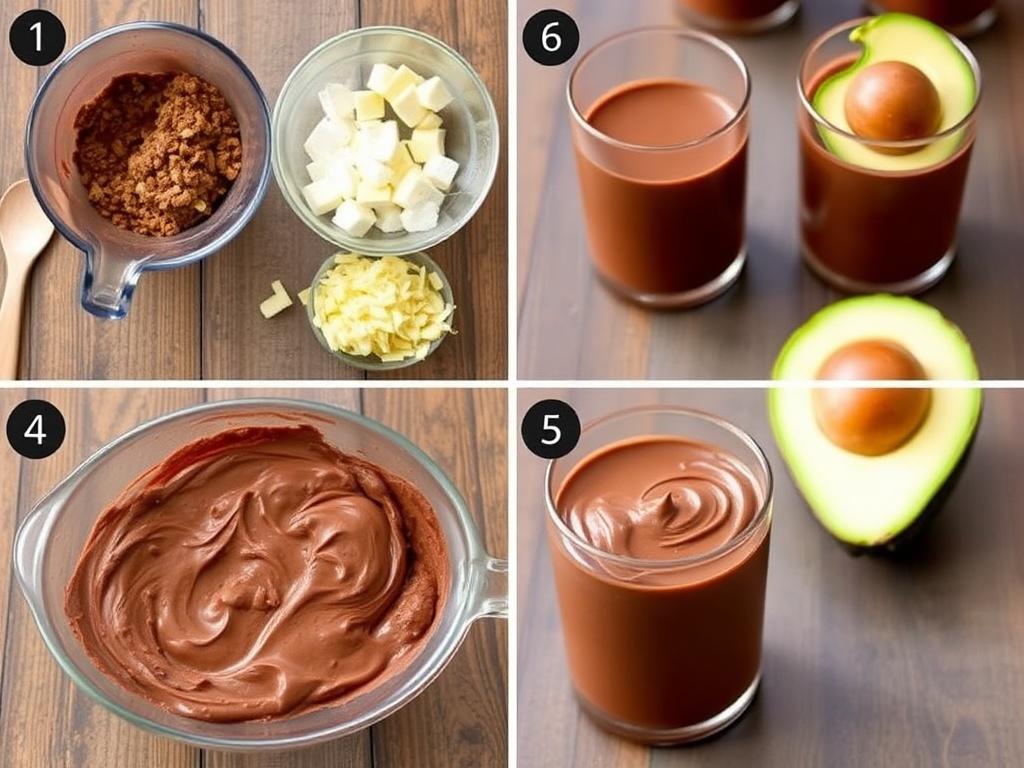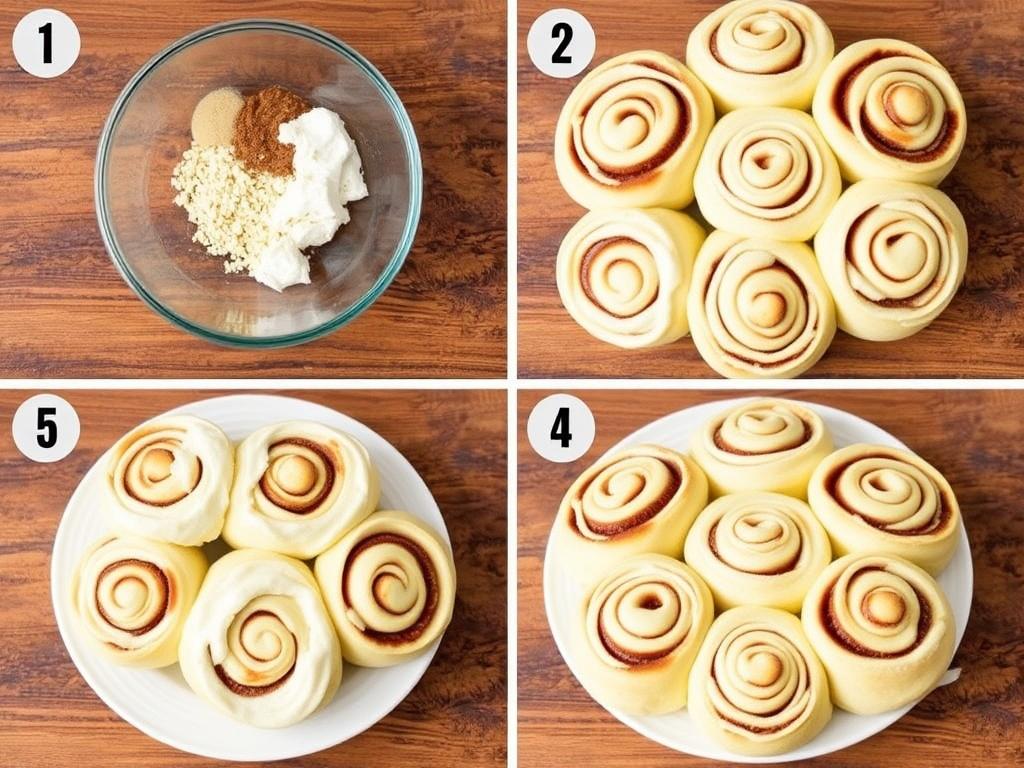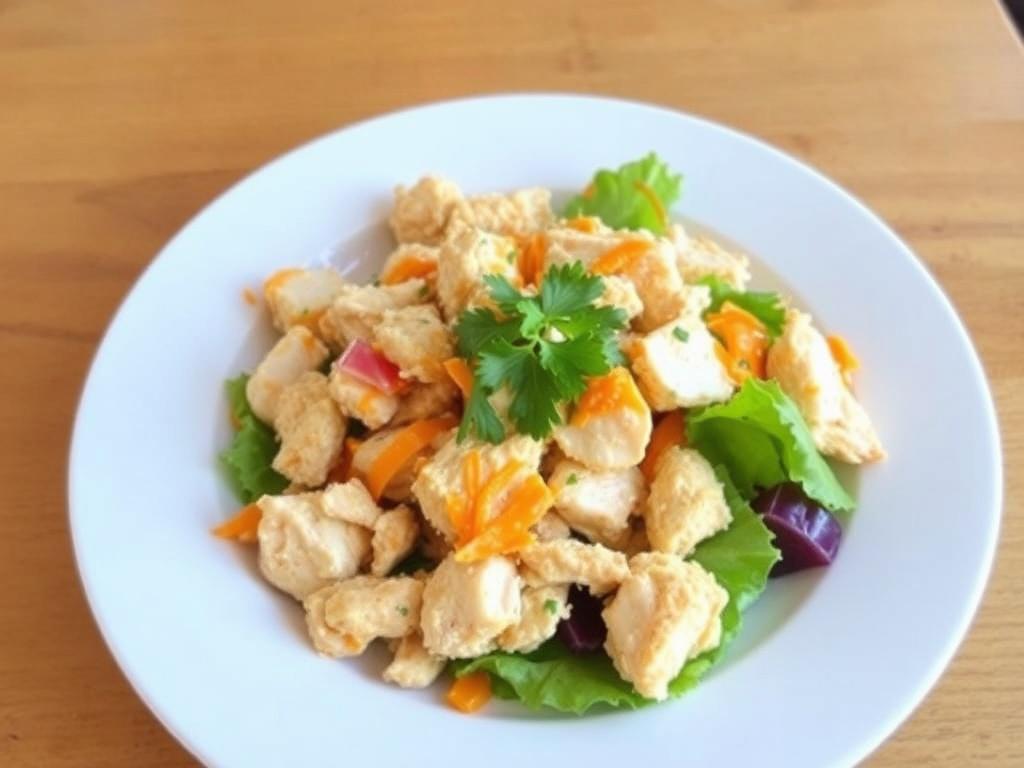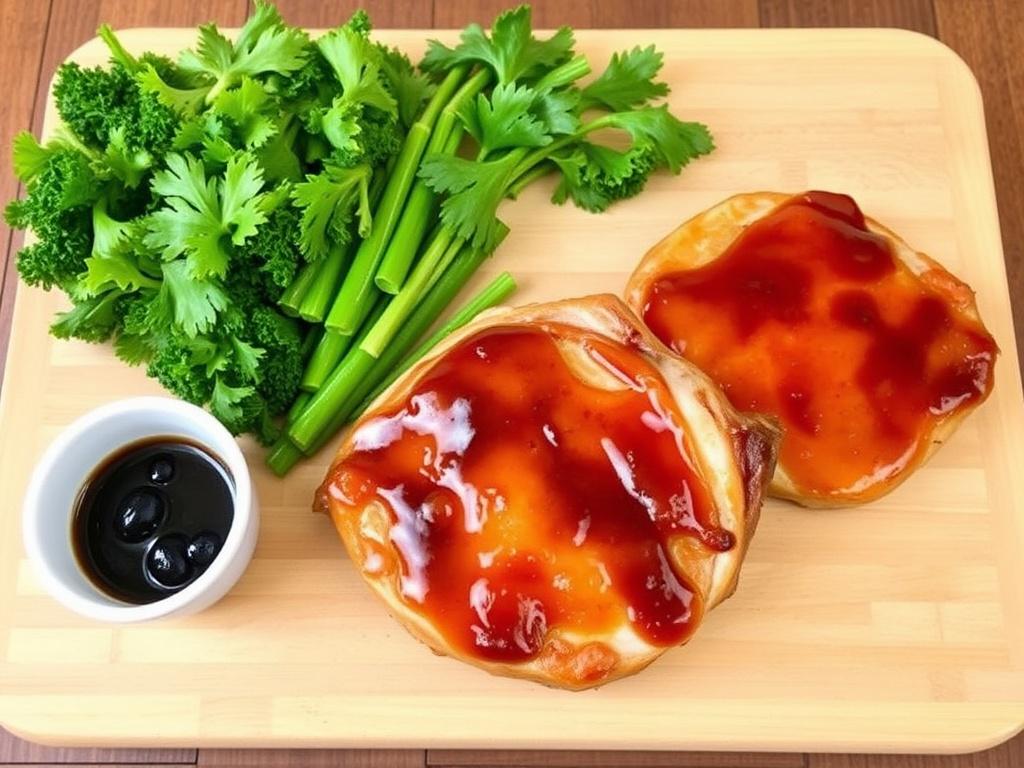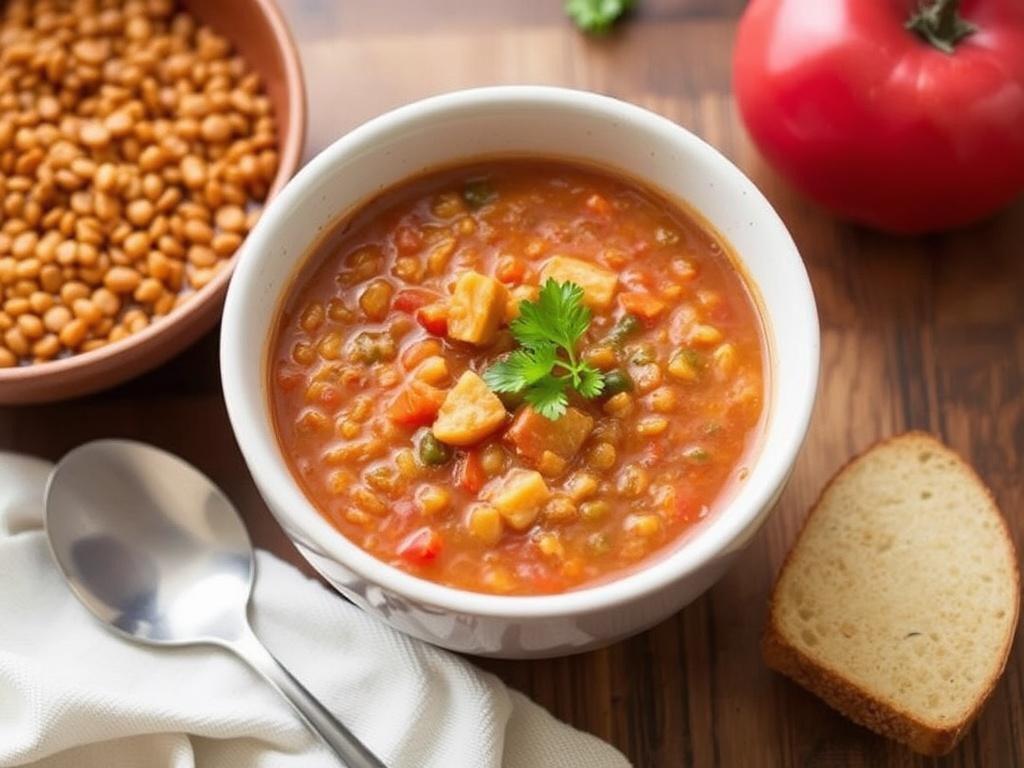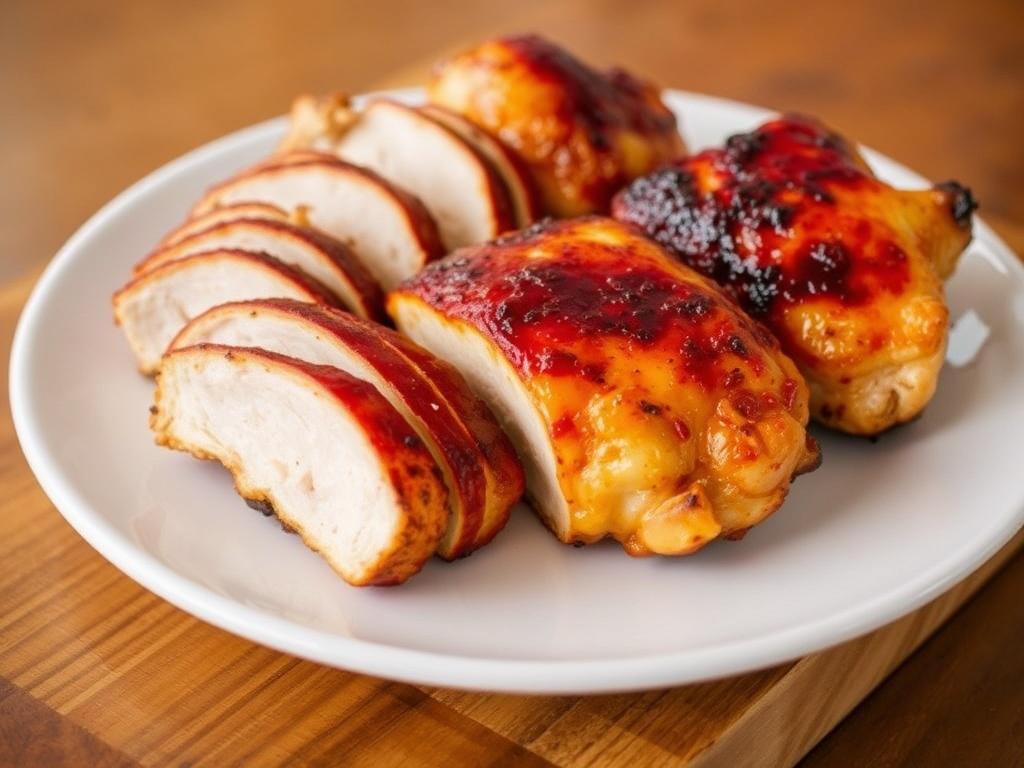Warm, Tangy Comfort: The Art of Snickerdoodle Cookies
The moment a tray of snickerdoodle cookies comes out of the oven, the kitchen fills with a scent that belongs to childhood memories and cozy afternoons. These cinnamon-dusted rounds are deceptively simple: a soft, tender interior wrapped in a crackled shell of sugar and spice. They are not just another sweet; they ride a thin line between tart and buttery, with a texture that begs to be broken and shared. In this article I want to take you deeper than a recipe card — we’ll explore history, chemistry, techniques, and playful variations so you can make reliably excellent batches. Along the way I’ll share practical tips I’ve learned from years of baking and teaching friends and family how to handle delicate doughs.
Where Snickerdoodles Come From
The origins of snickerdoodles are delightfully murky, which is part of their charm. Many food historians trace them back to 19th-century New England or to German settlers who brought similar sugar-dusted cookies. The name itself sounds whimsically American and might come from an old German word or be a playful corruption, but the precise etymology remains debated. Regardless of provenance, the cookie became firmly rooted in American baking culture, appearing in community bake sales, holiday tins, and school lunchboxes. Over time the recipe evolved, with some versions favoring distinct tang from cream of tartar and others leaning into buttery richness.
What Sets a Snickerdoodle Apart
At first glance a snickerdoodle looks like a sugar cookie rolled in cinnamon-sugar, but it’s more than a surface treatment. The signature tang — a faint, pleasant acidity — often comes from cream of tartar combined with baking soda, which together influence both flavor and texture. That acidity also promotes the characteristic crinkled top as the dough spreads and the surface fractures. Texture-wise, a classic snickerdoodle tends toward soft and slightly chewy, with a delicate snap at the edges rather than being brittle. Finally, the cinnamon-sugar coating is applied generously, lending a warm spice that complements the underlying tang and butteriness.
Essential Ingredients and Their Roles
Understanding each ingredient helps predict how the dough will behave and how the final cookie will taste. Flour provides structure through gluten formation; too much and the cookie will be cakey or tough, too little and it will spread excessively. Fat — usually butter — contributes flavor, tenderness, and mouthfeel; its temperature and how it’s creamed with sugar also affect spread and lift. Sugars do double duty: granulated sugar aids in creating crisp edges and the cinnamon-sugar coating, while a touch of brown sugar can add moisture and caramel notes. Leavening, typically a balance of cream of tartar and baking soda, controls the rise, tang, and the crinkled surface that defines the cookie.
Liquid ingredients and eggs bind the dough and add richness, but their amounts must be precise: extra egg can yield a cakier cookie, while too little will make dough crumbly. Salt is subtle but essential; it brightens flavors and balances sweetness. For small changes — a slightly chewier texture, more pronounced cinnamon, less spread — adjusting these elements by tiny amounts makes a big difference. Knowing these roles turns recipes into tools you can tweak confidently, rather than strict rules you must follow blindly.
Classic Snickerdoodle Recipe: Ingredients Table
Below is a straightforward ingredient list for a classic batch that yields about three dozen cookies, depending on scoop size. Treat this table as a starting point; later sections explain how to adapt measurements for different textures or dietary needs. Precise measuring, especially of flour, makes the biggest single difference to consistent results.
| Ingredient | Amount | Notes |
|---|---|---|
| All-purpose flour | 2 3/4 cups (330 g) | Spoon and level for accuracy |
| Granulated sugar | 1 1/2 cups (300 g) | Plus 1/4 cup for coating |
| Unsalted butter | 1 cup (226 g), softened | Room temperature, not melted |
| Eggs | 2 large | At room temperature |
| Cream of tartar | 2 teaspoons | Key to tang and texture |
| Baking soda | 1 teaspoon | Works with cream of tartar |
| Salt | 1/2 teaspoon | Enhances flavor |
| Cinnamon | 2 teaspoons (for coating) | Adjust to taste |
Step-by-Step Classic Method
Begin by creaming the butter and sugar until the mixture is pale and slightly fluffy; this traps air that helps lift the cookie and improves texture. Add eggs one at a time, mixing between additions to keep the emulsion stable and the dough smooth. In a separate bowl whisk together flour, cream of tartar, baking soda, and salt, then fold the dry mix into the butter-egg base until just combined — overmixing will toughen the dough. Chill the dough for at least 30 minutes so it firms up; cold dough spreads less and often yields a taller, more tender cookie. Roll dough into uniform balls, then toss each in the cinnamon-sugar coating before placing on a lined baking sheet.
- Preheat oven to 375°F (190°C) and line baking sheets with parchment.
- Scoop 1.5-tablespoon dough balls and roll between palms for smooth rounds.
- Mix coating: 1/4 cup granulated sugar with 2 teaspoons ground cinnamon.
- Roll each ball in coating, then space 2 inches apart on sheet.
- Bake 8–10 minutes until edges are set and tops crack; cool slightly before transferring to a rack.
Watch closely in those final minutes: snickerdoodles can go from perfectly soft to overly brown quickly, especially near oven hotspots. Remove the cookies when the centers still look slightly underbaked; they’ll firm as they cool, preserving a tender interior. For neat crackled tops, don’t flatten balls before baking — let the dough rise and break naturally. If you prefer a crisper cookie, bake a minute or two longer but keep an eye to avoid browning the coating too much.
Texture and Temperature: Baking Physics in Practice
Temperature control and bake time dictate whether you get a soft, cakey cookie or a chewy, slightly crisp one. Higher oven heat encourages rapid expansion and set edges, which can preserve a soft center. Conversely, lower temperature with a longer bake produces more even drying and a sturdier chew. The state of your butter matters a great deal: room-temperature butter yields creamy dough and good spread, while cold butter will produce less spread and a denser crumb. Chilling the dough lets the flour hydrate and the fats firm up, giving you more predictable results, especially in warm kitchens.
Even the cream of tartar interacts with heat to produce that slightly tangy bite and helps stabilize the structure so that cookies form those pleasing cracks. Baking soda, reacting with acid, gives lift and coloration. Knowing these interactions lets you make intentional adjustments — for instance, reducing cream of tartar slightly if you prefer a milder tang, or lowering oven temperature a few degrees to extend bake time and intensify chew. Small calibrations, made consistently, are the hallmark of reliable baking.
Common Problems and How to Fix Them
Like any recipe, the snickerdoodle has a set of typical pitfalls, but each has a straightforward remedy. If cookies spread too thin and become crisp, reduce butter slightly, chill the dough longer, or add a tablespoon or two of extra flour. If they’re flat but still pale, verify your baking soda and cream of tartar are fresh; old leaveners lose power and yield limp results. Overly dry, cakey cookies usually come from too much flour or overbaking; use the spoon-and-level method for flour and watch the oven closely in the final minutes.
- Excess spread: chill dough, reduce butter, use higher oven temp briefly.
- No cracks on top: ensure cream of tartar is included and bake at correct temp.
- Brittle texture: bake slightly less time and check flour measurement.
- Uneven browning: rotate pans halfway through baking and use light-colored baking sheets.
When diagnosing problems, change one variable at a time so you can identify the cause. Keep a small baking notebook with notes on oven quirks and ingredient brands; it’s astonishing how much difference a particular oven rack or flour type can make. Over time you’ll develop a sense for how your kitchen wants its cookies baked, which makes troubleshooting unnecessary more often than not.
Variations to Expand the Snickerdoodle Family
Once you’ve mastered the classic, variations are a playground. Browned butter adds depth: cook the butter until nutty aromas emerge, cool slightly, then proceed with the recipe for toasted, caramel notes. For a chewier result, swap one tablespoon of butter for an equal measure of light corn syrup or add a tablespoon of molasses. To introduce texture, fold in toasted pecans or white chocolate chips, rolling the balls carefully so inclusions won’t disrupt the crackled top. Each tweak changes the cookie’s personality, from rustic and nutty to lush and chocolatey.
Dietary swaps can keep these treats accessible. Replace butter with a vegan margarine designed for baking and use a flax-egg to bind; reduce bake time slightly and expect a softer texture. For gluten-free versions, use a well-formulated 1:1 gluten-free flour blend and add a teaspoon of xanthan gum if the blend lacks it, which helps mimic gluten’s structure. These substitutions work best when you accept small differences in texture and flavor, focusing on enjoying the essence of the snickerdoodle rather than exact replication.
Glazing, Filling, and Fancy Finishes
Snickerdoodles can wear many hats beyond simple sugar snaps. A thin glaze of lemon or vanilla adds visual shine and a flavor lift — brush it on after cooling for a glossy finish. Sandwich two cookies with a cinnamon buttercream or cream cheese filling for an indulgent treat that balances tang, spice, and sweetness. For holiday presentation, dip half of each cookie in melted dark chocolate and sprinkle with toasted cinnamon sugar or crushed nuts while the chocolate is still tacky. These finishing touches transform a humble cookie into a centerpiece for gatherings without complicating the bake itself.
Keep proportions modest when glazing or filling: you want complements, not competitors. A heavy coating can mask the delicate tang that defines the cookie. Also, be mindful of texture contrasts; a soft filling paired with a too-brittle cookie will create a mismatch. Aim for balance so each bite offers spice, tang, and either a gentle chew or a clean snap, depending on your preference.
Storage, Freezing, and Make-Ahead Tips
Snickerdoodles are forgiving when it comes to storage, which makes them great for planning ahead. At room temperature, keep cookies in an airtight container separated by parchment; they’ll stay fresh for about 4–5 days. If you prefer a chewier texture, add a slice of bread to the container — the cookies will absorb moisture from the bread and soften slightly overnight. For longer storage, freeze baked cookies in a single layer on a tray, then transfer to a freezer bag; they’ll keep for up to three months and thaw within an hour at room temperature.
Dough also freezes well and is a baker’s secret weapon. Roll dough into coated balls, flash-freeze on a tray for an hour, then bag them for future bakes. Bake from frozen by adding a minute or two to the bake time; this method delivers warm, freshly baked cookies on demand without compromising texture. Label bags with date and bake time so you always know how to retrieve a perfect batch later.
Pairings and Serving Suggestions
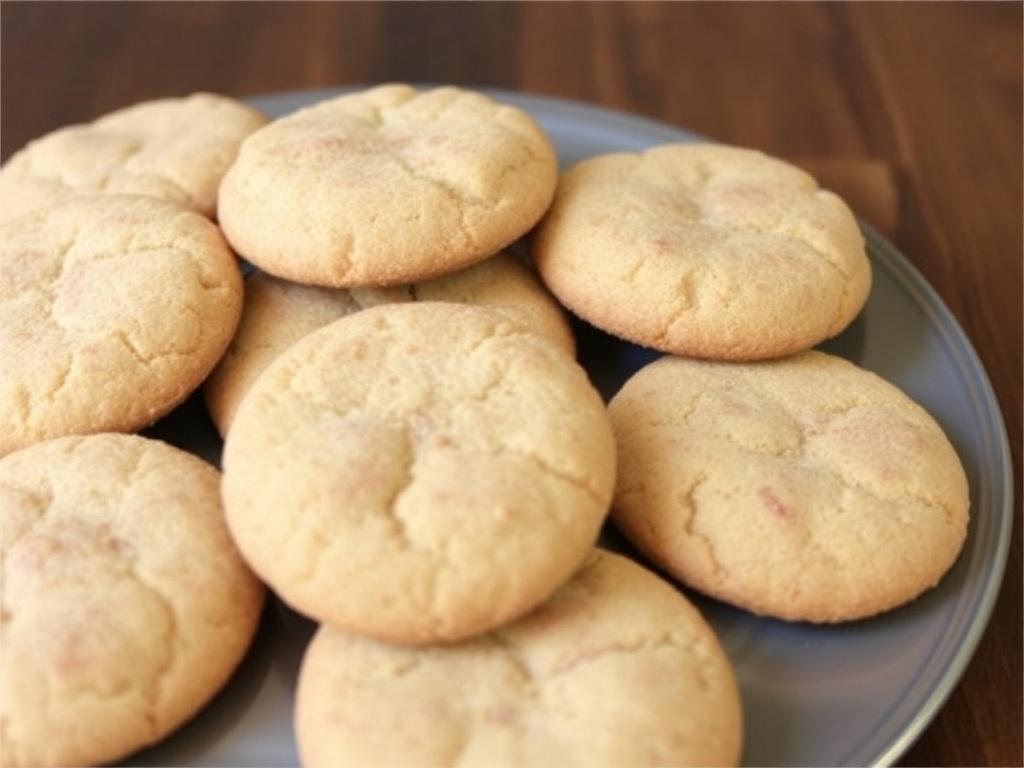
These cookies pair with simple beverages and bolder accompaniments alike. A classic combination is a glass of cold milk, which softens the cinnamon and balances sweetness. For adults, coffee or a cinnamon-spiced latte complements the cookie’s spice, while black tea highlights its subtle tang. On a dessert platter, offer snickerdoodles alongside slightly tangy fruit preserves or a small bowl of whipped mascarpone for spreading; the creamy contrast elevates the experience. Presentation matters: warm cookies served on a wooden board with a scattering of cinnamon-sugar look inviting and effortless.
Baking with Children and Group Baking Tips
Snickerdoodles are wonderfully suited to baking with kids: the rolling, coating, and watching the crackle as cookies bake are tactile pleasures that engage attention. Assign simple tasks like mixing the coating or dropping dough onto baking sheets, and use the opportunity to teach measuring basics and kitchen safety. Keep stations organized so little hands aren’t overwhelmed — pre-measured bowls and a clear sequence of steps make participation enjoyable and productive. Expect flour on the countertops; part of the memory is the mess, and it’s worth it for the smiles and sense of accomplishment.
When baking with groups, prepare multiple sheets and rotate trays so each baker can watch a sheet bake. If you’re teaching a class, demonstrate dough texture expectations physically — showing rather than describing helps novices know when the dough is right. Encourage experimentation within safe boundaries: a dash more cinnamon in the coating or slightly larger scoops for fewer, thicker cookies can be fun experiments that teach cause and effect in the kitchen.
Nutrition Notes and Allergy-Friendly Adjustments
Traditional snickerdoodles are simple but not light on calories, as they rely on butter and sugar for flavor and texture. For those monitoring intake, you can reduce sugar by 15–20% without dramatic changes to structure, though the coating will be less pronounced. Using part whole-wheat pastry flour can add fiber and a gentle nutty note, but don’t replace more than 25–30% or cookies risk becoming dense. For dairy allergies, use a plant-based stick butter formulated for baking; these often mimic butter’s water-fat balance better than tub margarines.
Egg allergies can be addressed with commercial egg replacers or a flax-egg (1 tablespoon ground flaxseed + 3 tablespoons water per egg), though results vary: flax tends to yield slightly denser cookies. Always test adjustments on a small batch first and label any shared treats clearly to protect guests with severe allergies. The goal is to maintain the distinctive tang and spice while accommodating dietary needs thoughtfully.
Commercial vs. Homemade: Why Bake Your Own
Store-bought cookies have their place for convenience, but homemade snickerdoodles offer control and freshness that packaged versions rarely match. When you bake at home you can adjust sugar, spice intensity, fat type, and salt levels to match personal taste. Freshly baked cookies also have that ephemeral appeal: warm from the oven, soft centers, and the precise crackle of a well-formed top cannot be replicated from a plastic tray. Additionally, the act of baking itself — the rhythm of measuring, creaming, and rolling — is a creative and calming ritual that enhances the enjoyment of eating the final product.
Scientific Side: Why Cream of Tartar Matters
Cream of tartar plays a subtle but vital role in many snickerdoodle recipes by contributing both to chemical leavening and flavor. As an acid, it reacts with baking soda to produce carbon dioxide, which helps the cookie rise and form its characteristic crinkled surface. Beyond leavening, cream of tartar stabilizes the dough’s structure and imparts a faint tang that differentiates these cookies from plain sugar cookies. While some bakers omit it or substitute lemon juice, cream of tartar gives the most consistent, authentic result because it’s a dry acid that integrates evenly into dry mixes without adding extra moisture.
Understanding this chemistry lets you make informed choices: if you remove cream of tartar, you’ll need an alternate acid and possibly adjustments to leavening to preserve texture and flavor. The measurable effect may be small in a single cookie, but across a batch it’s what shifts a good cookie into something recognizably a snickerdoodle rather than merely a cinnamon sugar cookie.
Final Baking Rituals and Presentation
Small rituals elevate both the baking process and the final serving. I like to toast a pinch of cinnamon briefly in a dry skillet before mixing it into the coating; the aroma blooms and the flavor deepens. Let cookies cool a few minutes on the sheet before transferring to a rack so they set without breaking. For gifting, stack cooled cookies separated by circles of parchment and wrap with twine, adding a handwritten note about when they were baked. These little touches make the act of sharing more intentional and memorable.
Ultimately, mastering the snickerdoodle is about tuning into texture, tempering expectations, and enjoying the playful experimentation that baking invites. Each oven and baker will produce slightly different results, and that variety is part of what makes home baking so satisfying. Carry these techniques and tips into your kitchen, and you’ll find that consistently delicious cookies are less a mystery and more a fun, repeatable craft.
Make a batch, take that first warm bite, and notice the balance of tartness, spice, and butter — then start thinking about your next small experiment. Whether you stick to the classic or branch into browned-butter or gluten-free variations, snickerdoodles remain a welcoming canvas for flavor and technique. Happy baking.
